Gerold Karl Hannabach - 1978 - 8 Nr.432
Gerold Karl Hannabach - 1978 - 8 Nr.432
Details
Details
Overview
Overview
Shipping important note
Shipping important note
Delivery times are typically reliable and most instruments arrive within the estimated timeframe.
Should any unexpected delay occur, our team will keep you informed and provide support at every step. For all shipping details and exceptions, please see our Shipping Policy.
Details about GPSR
Details about GPSR
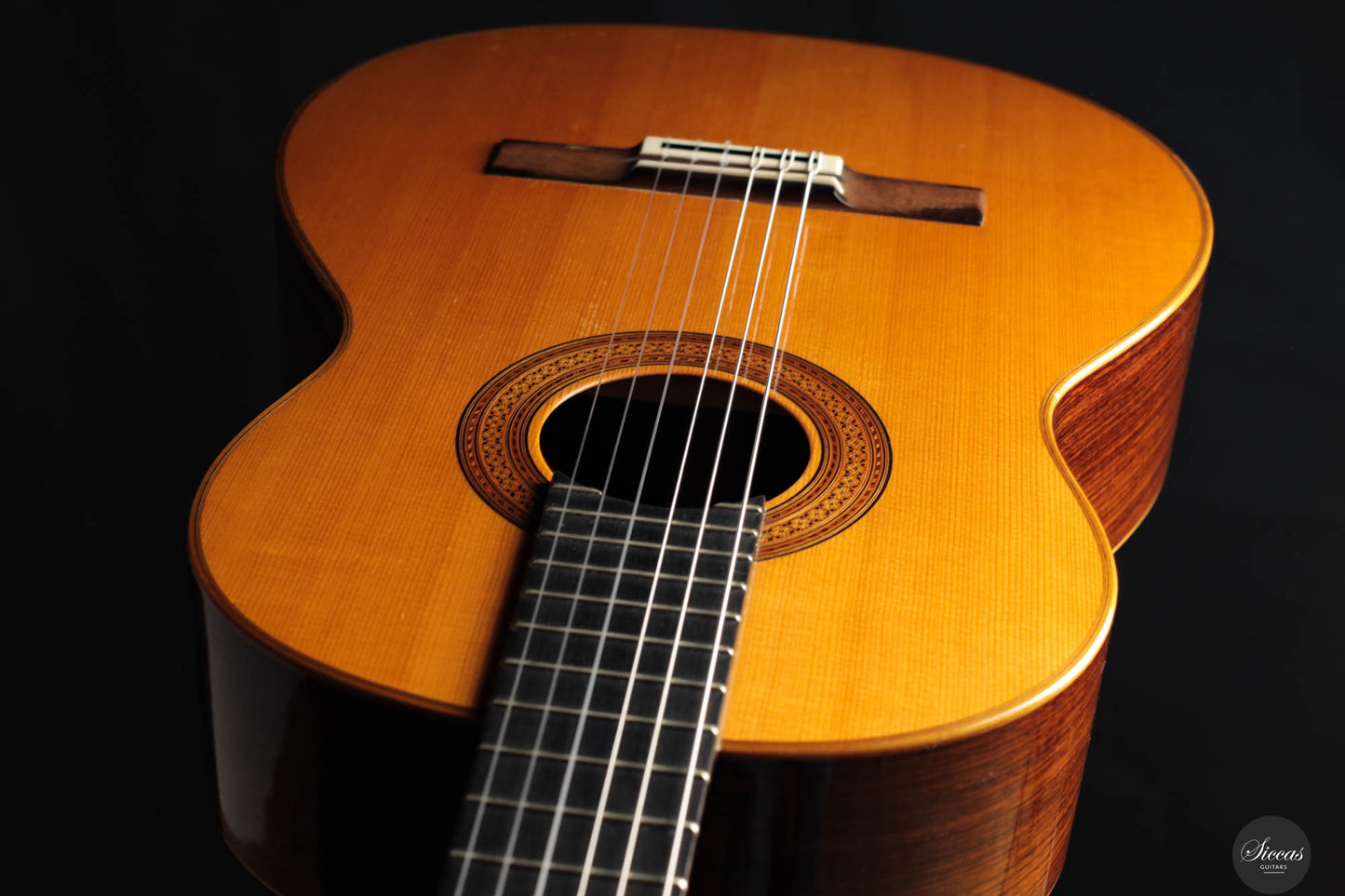
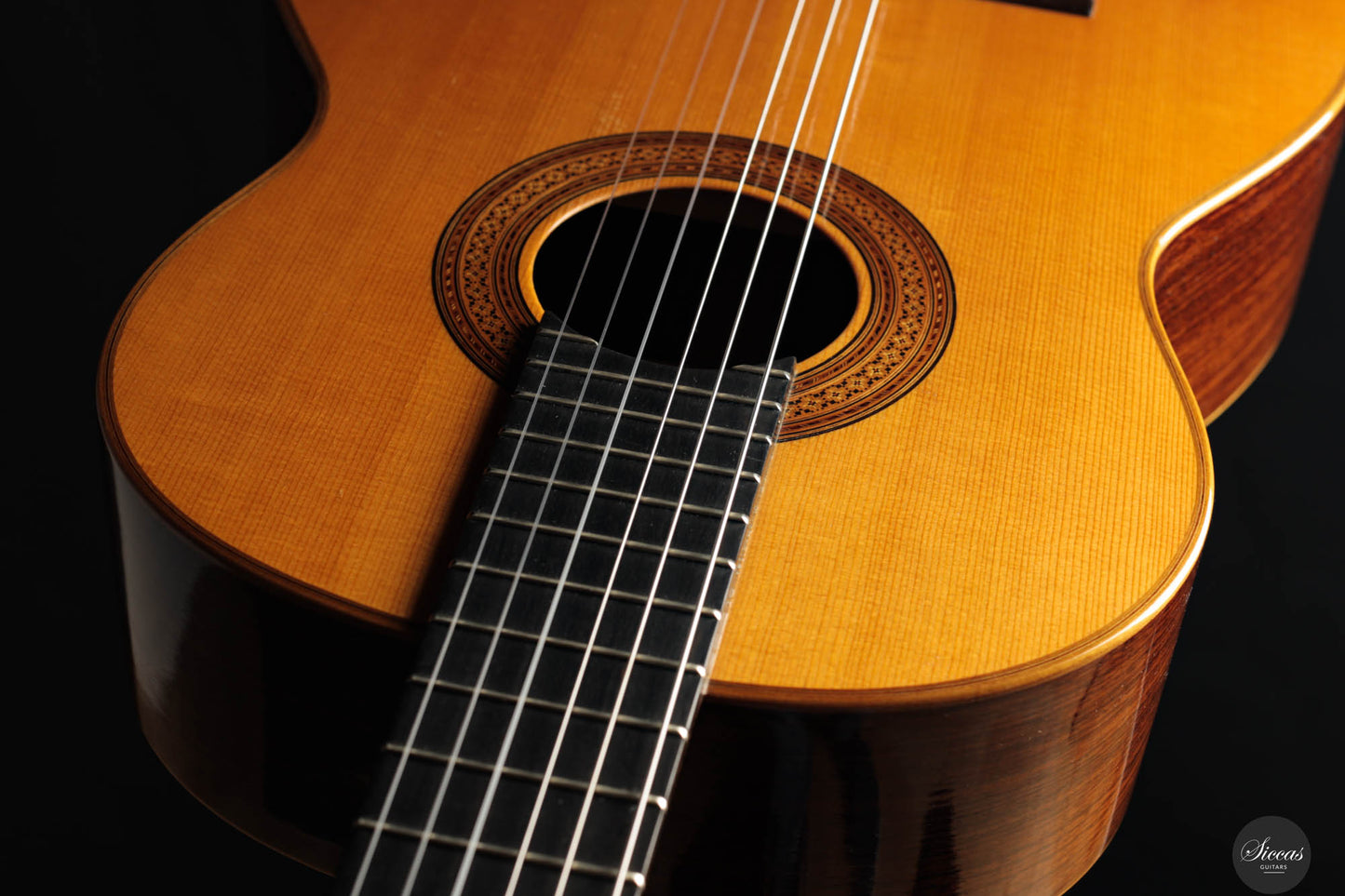



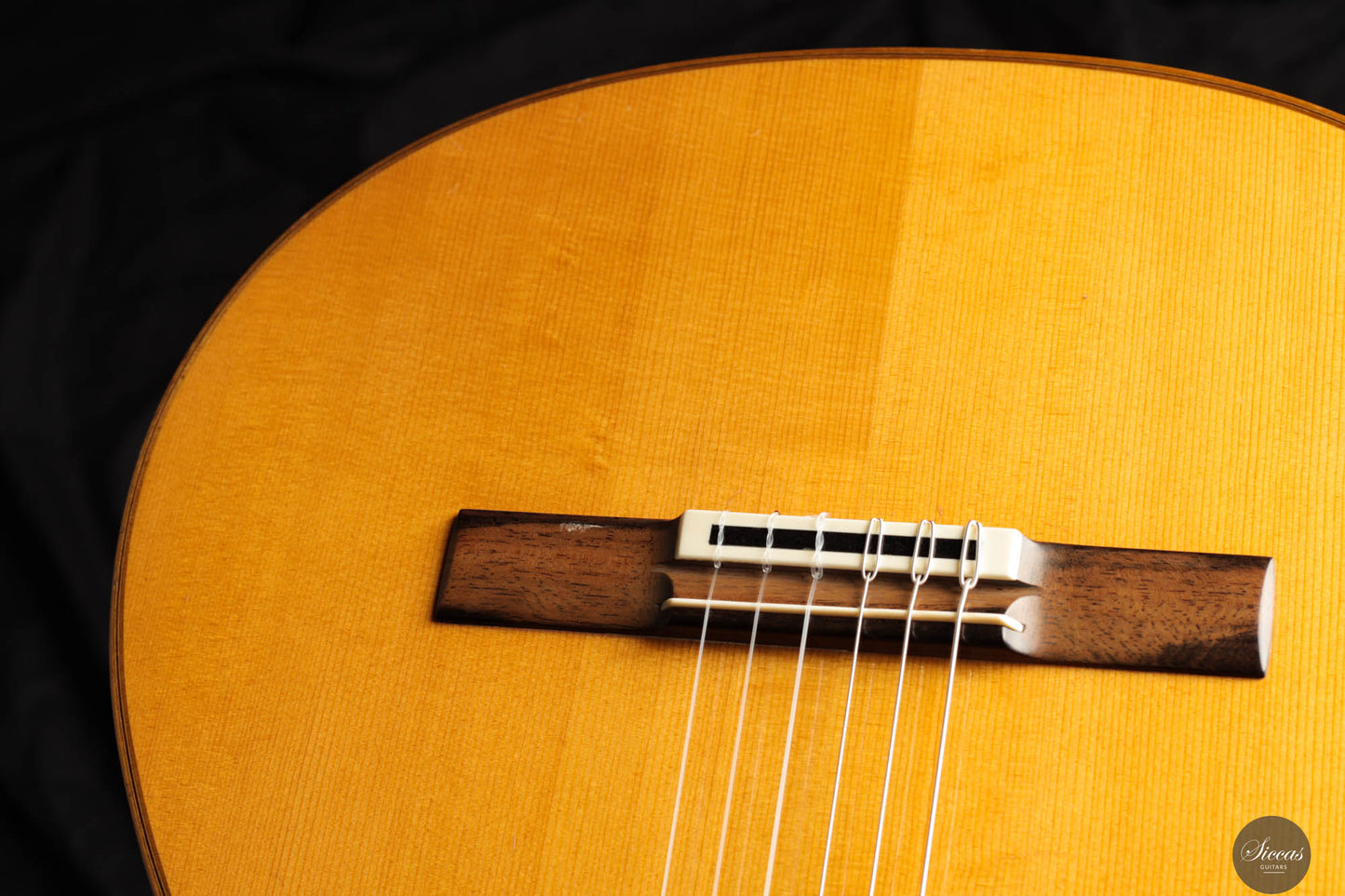
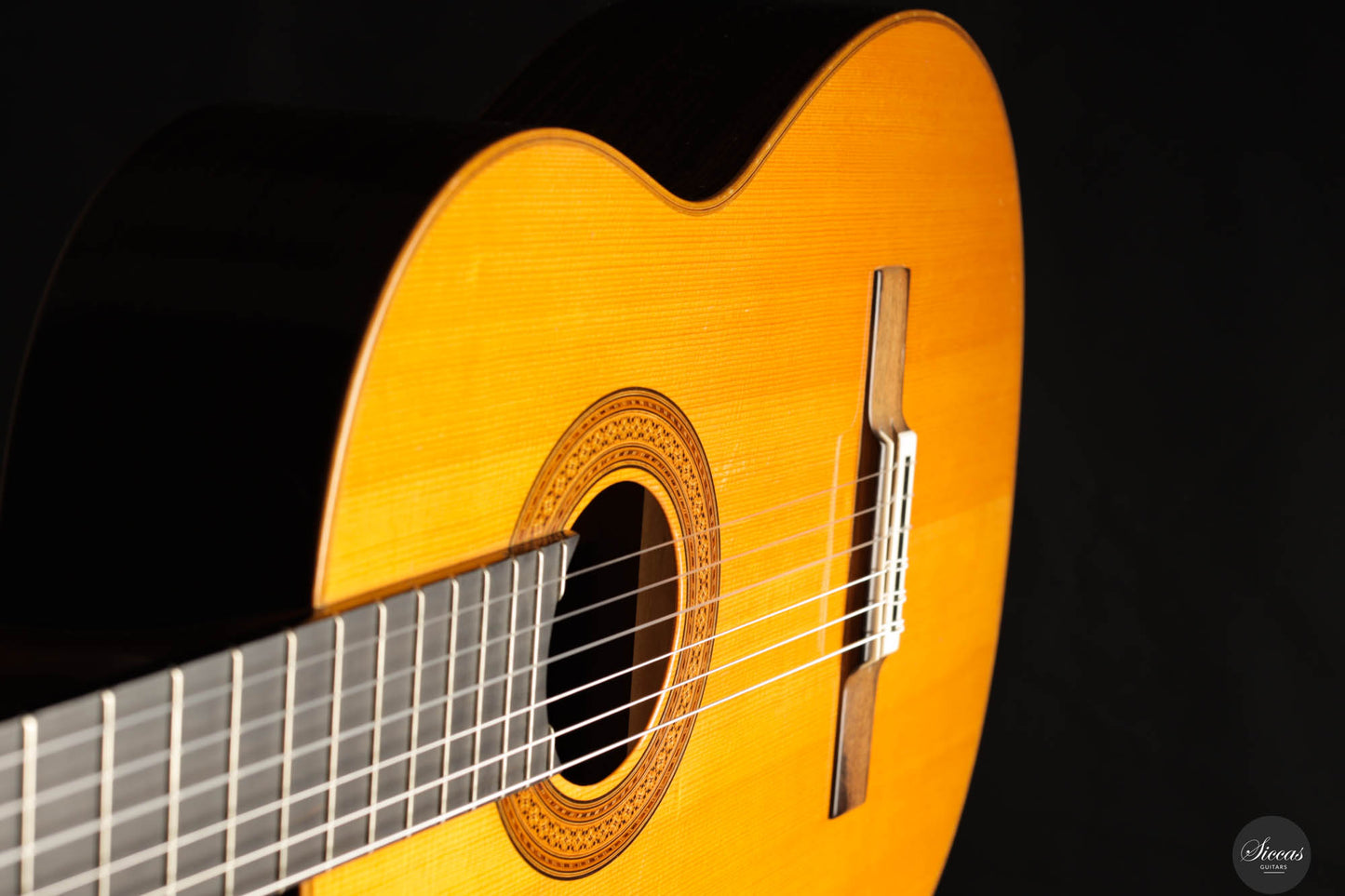
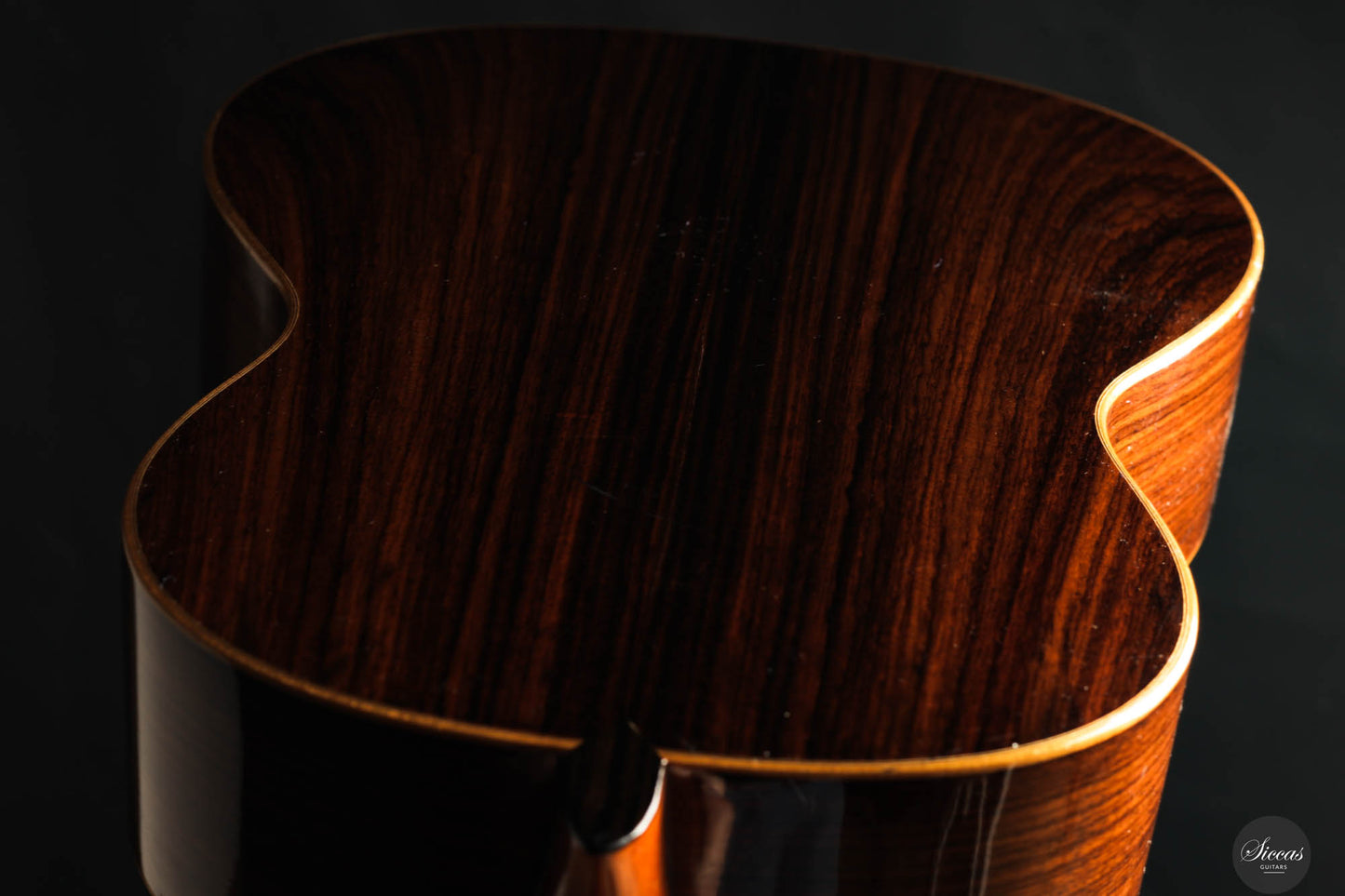
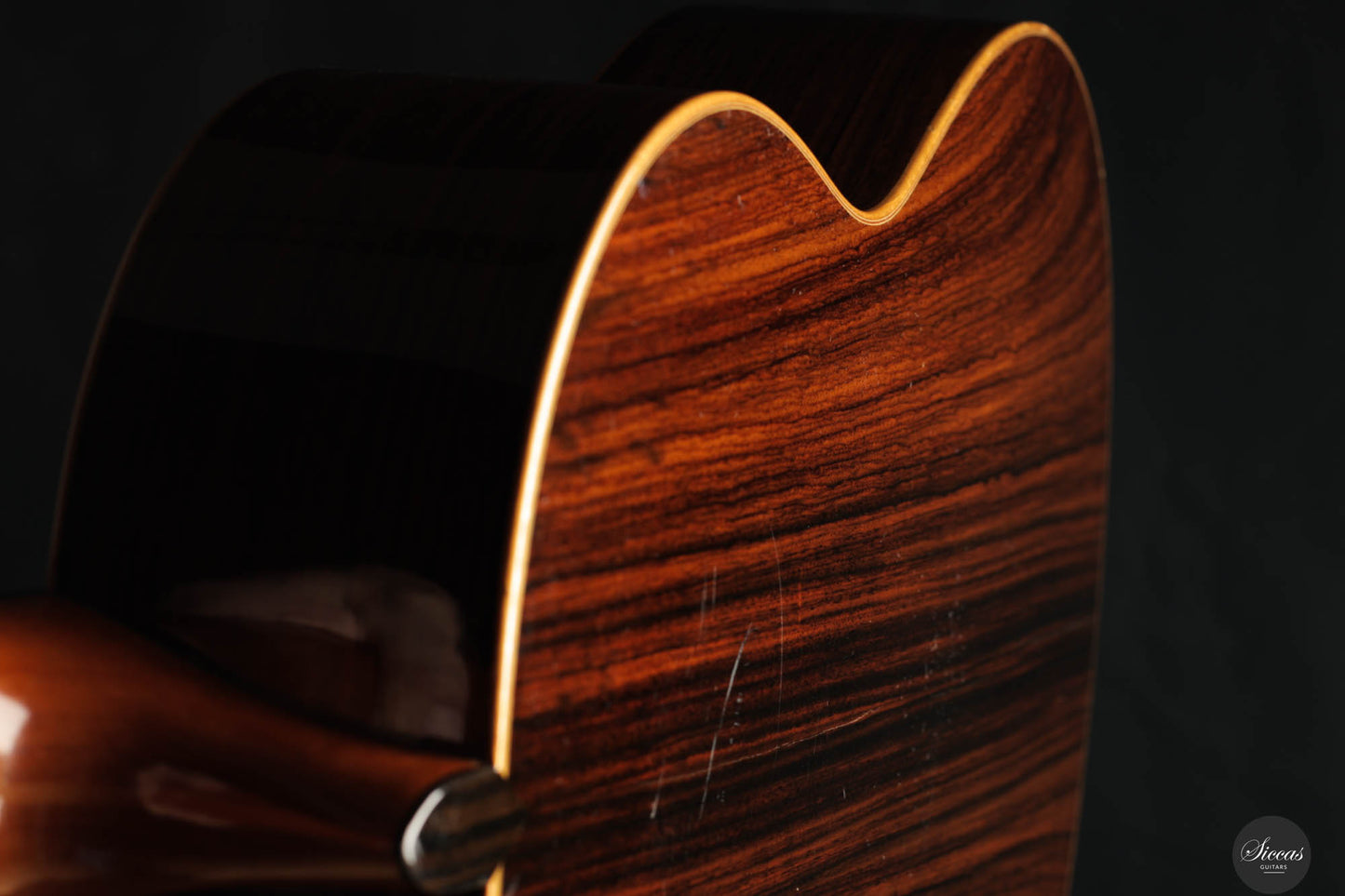
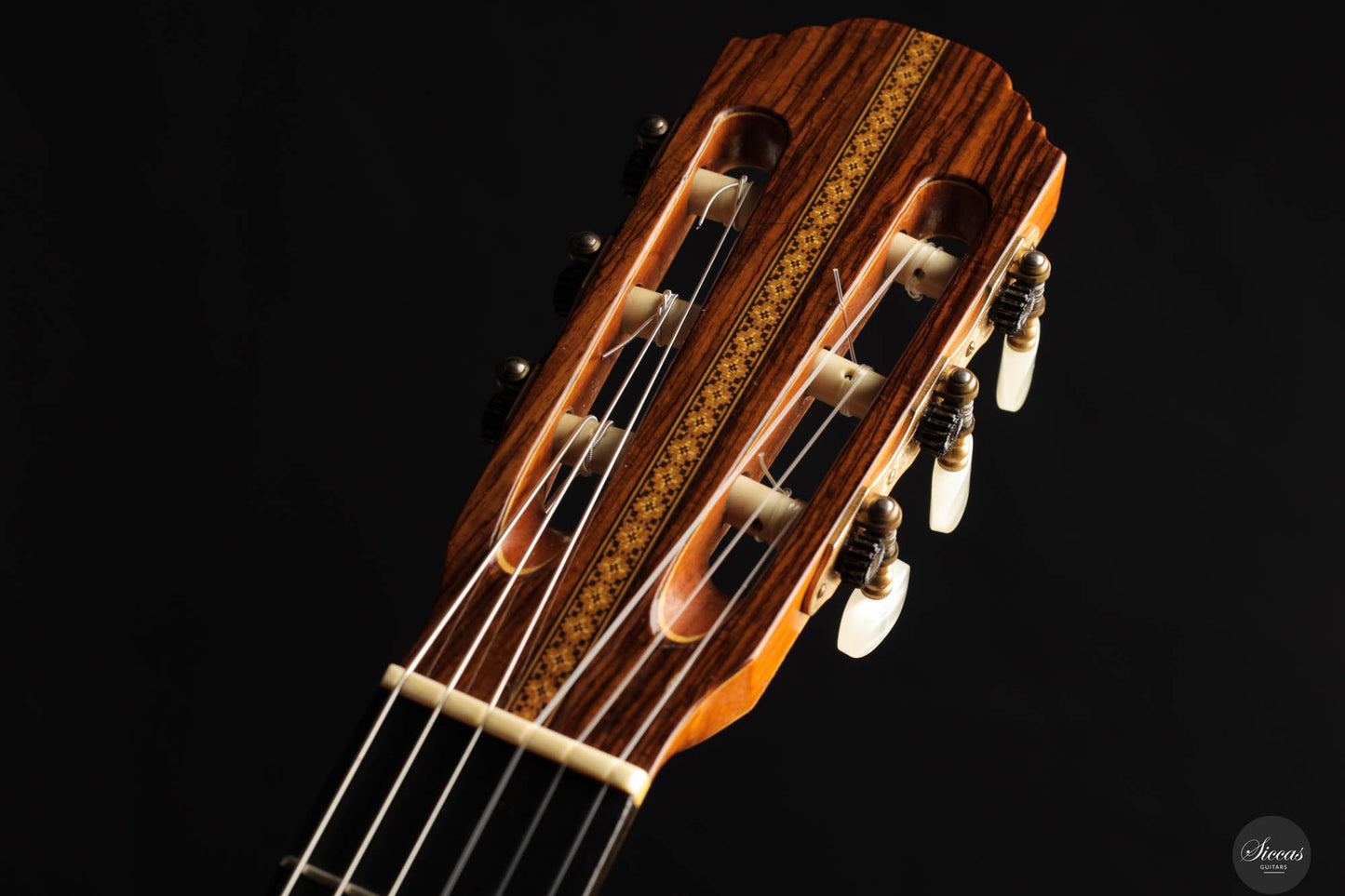
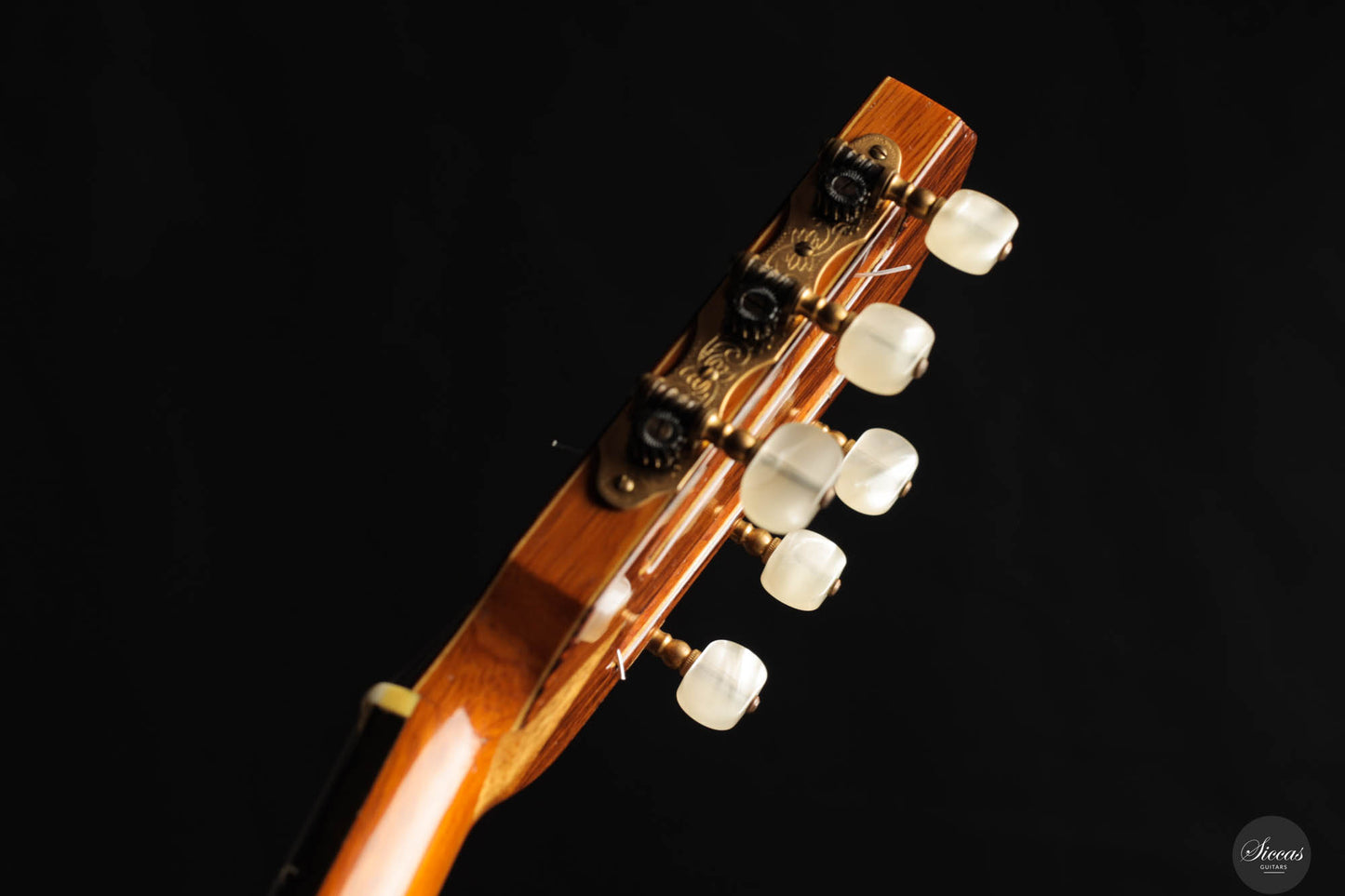
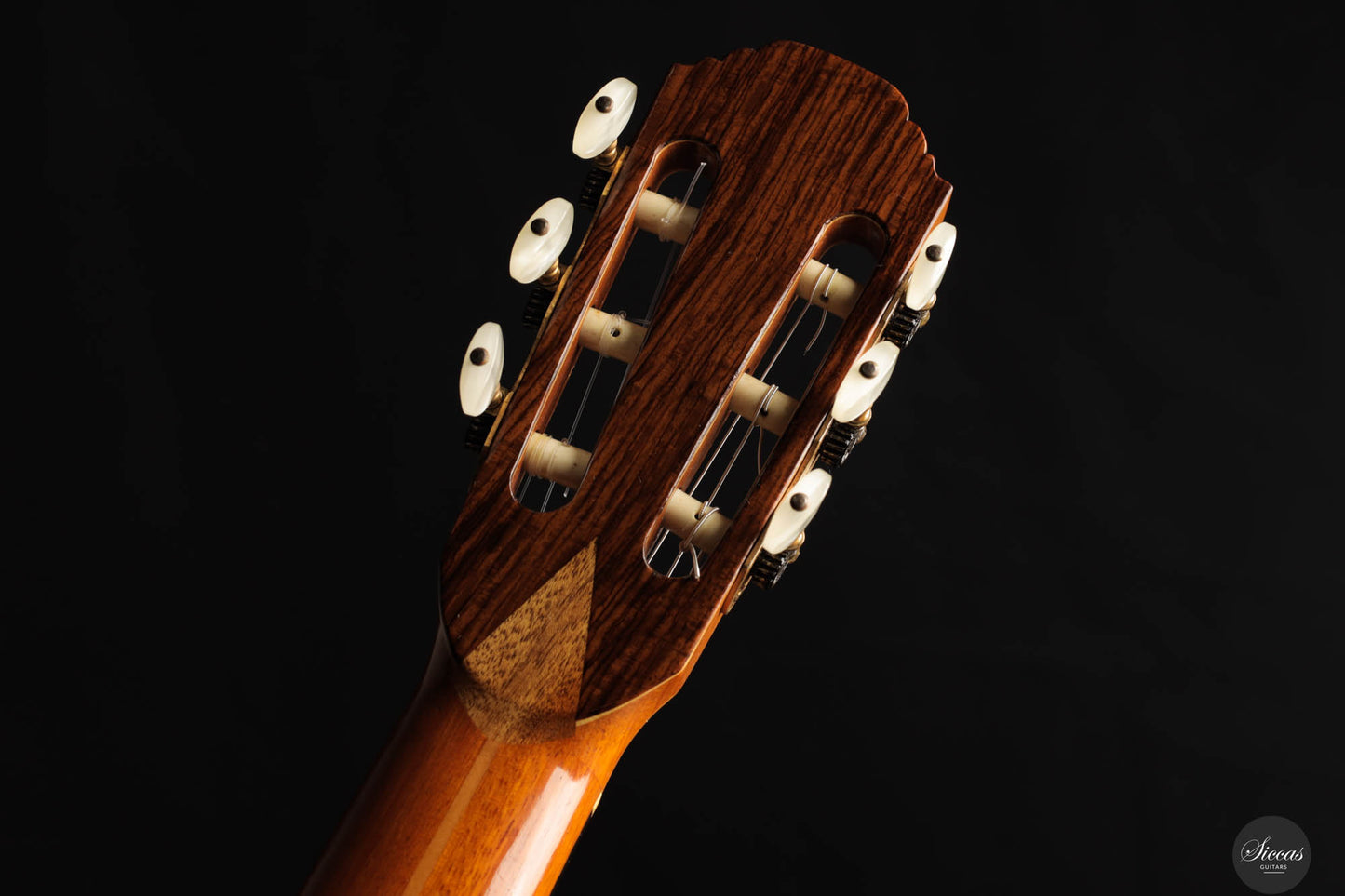
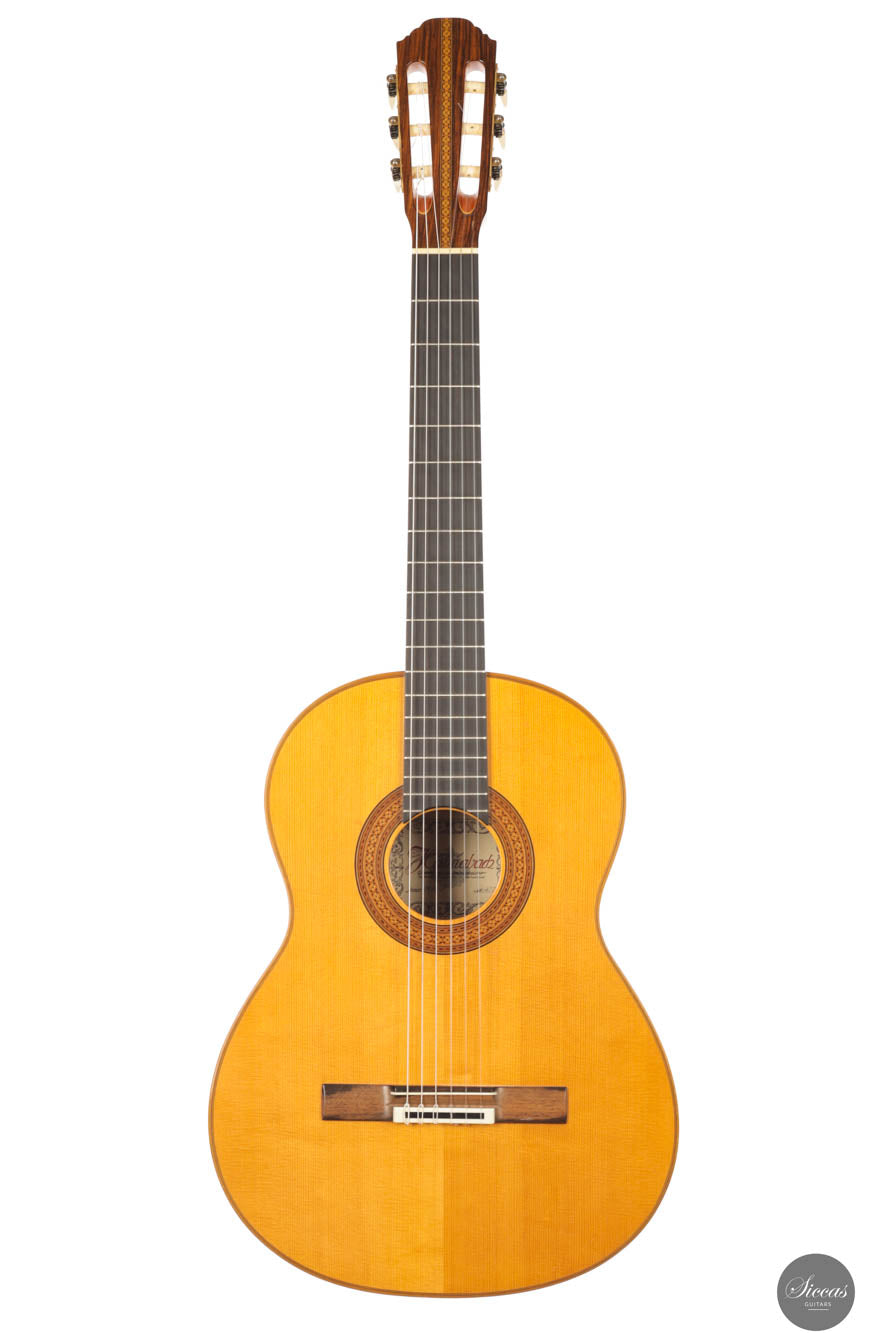
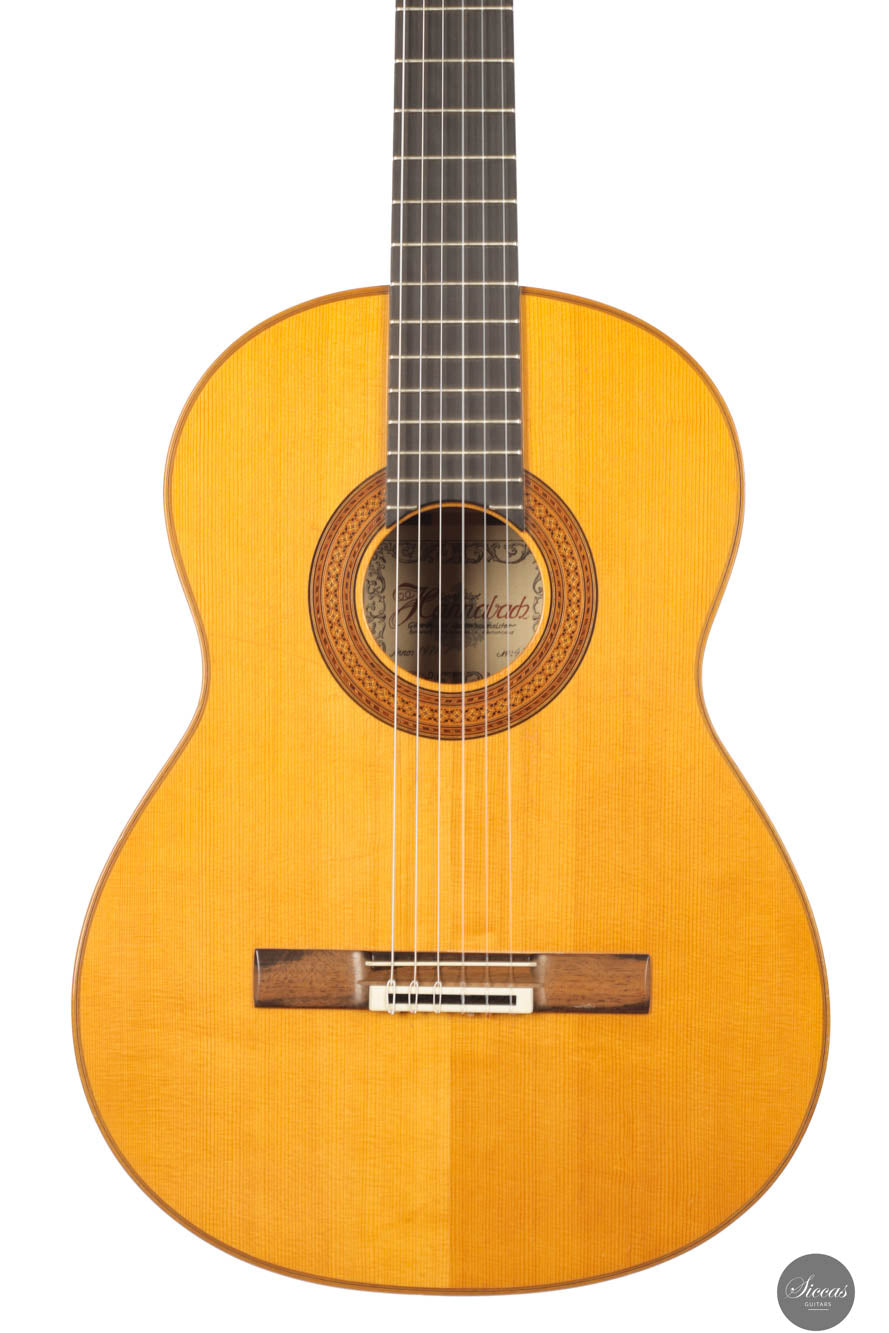
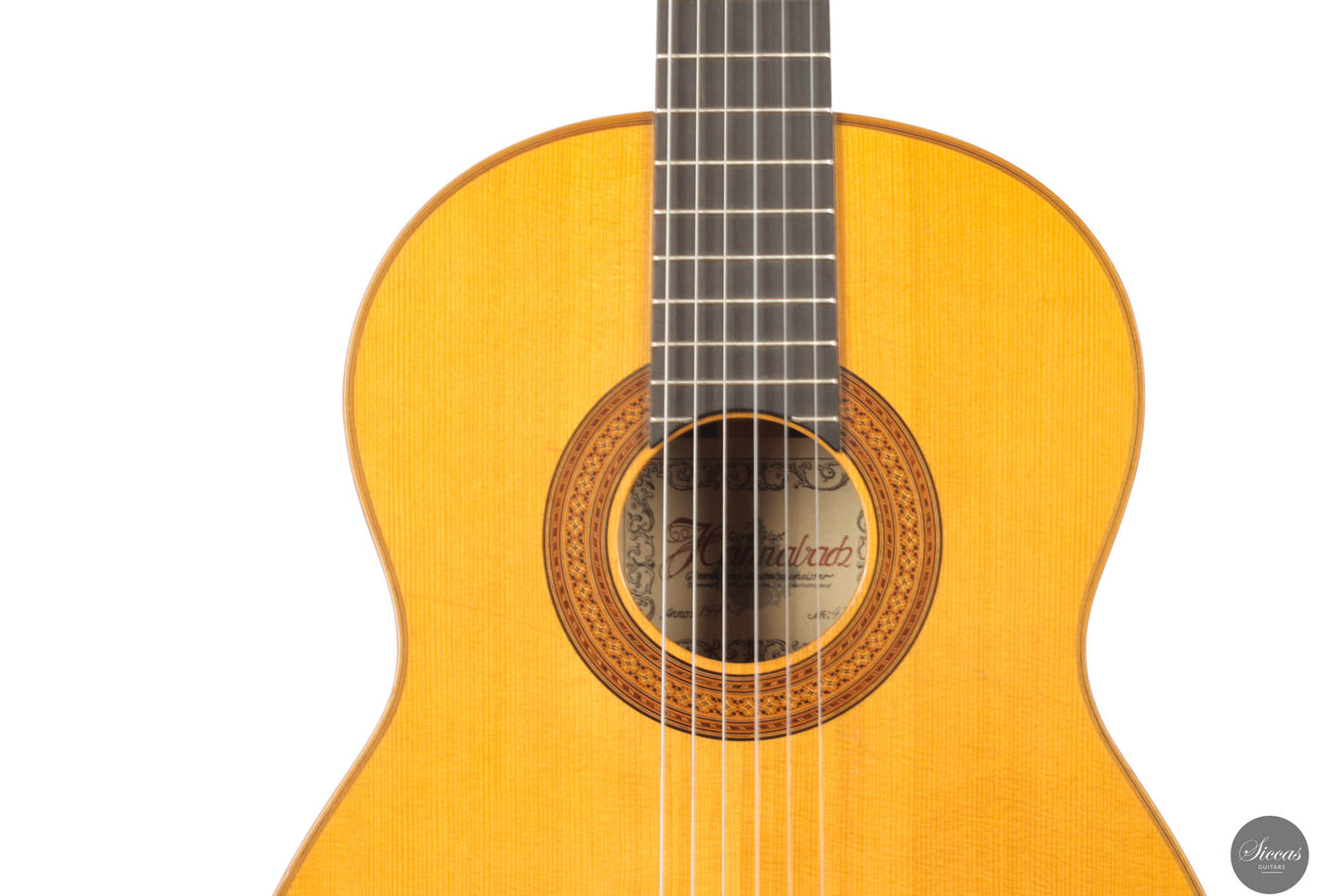
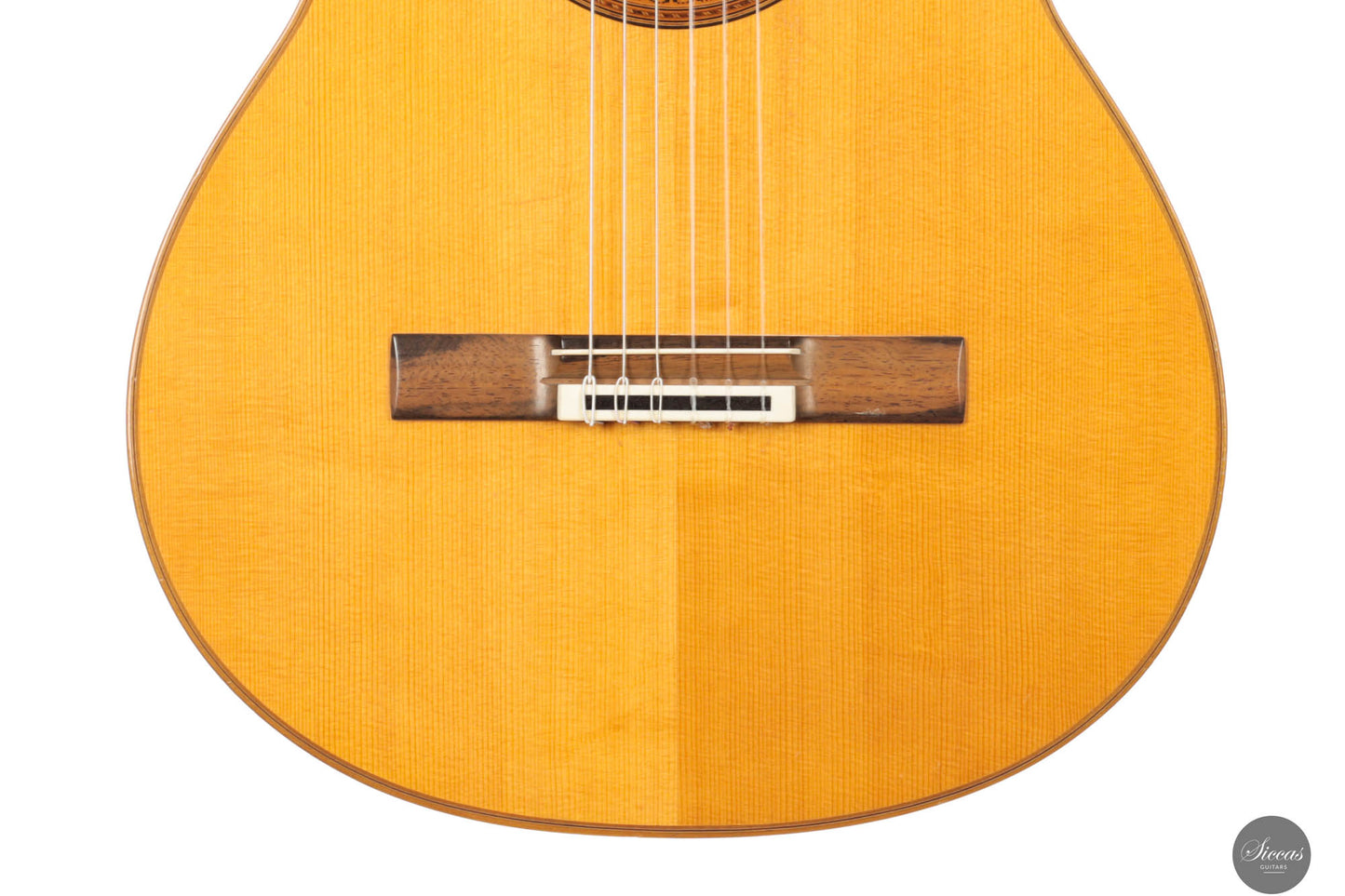
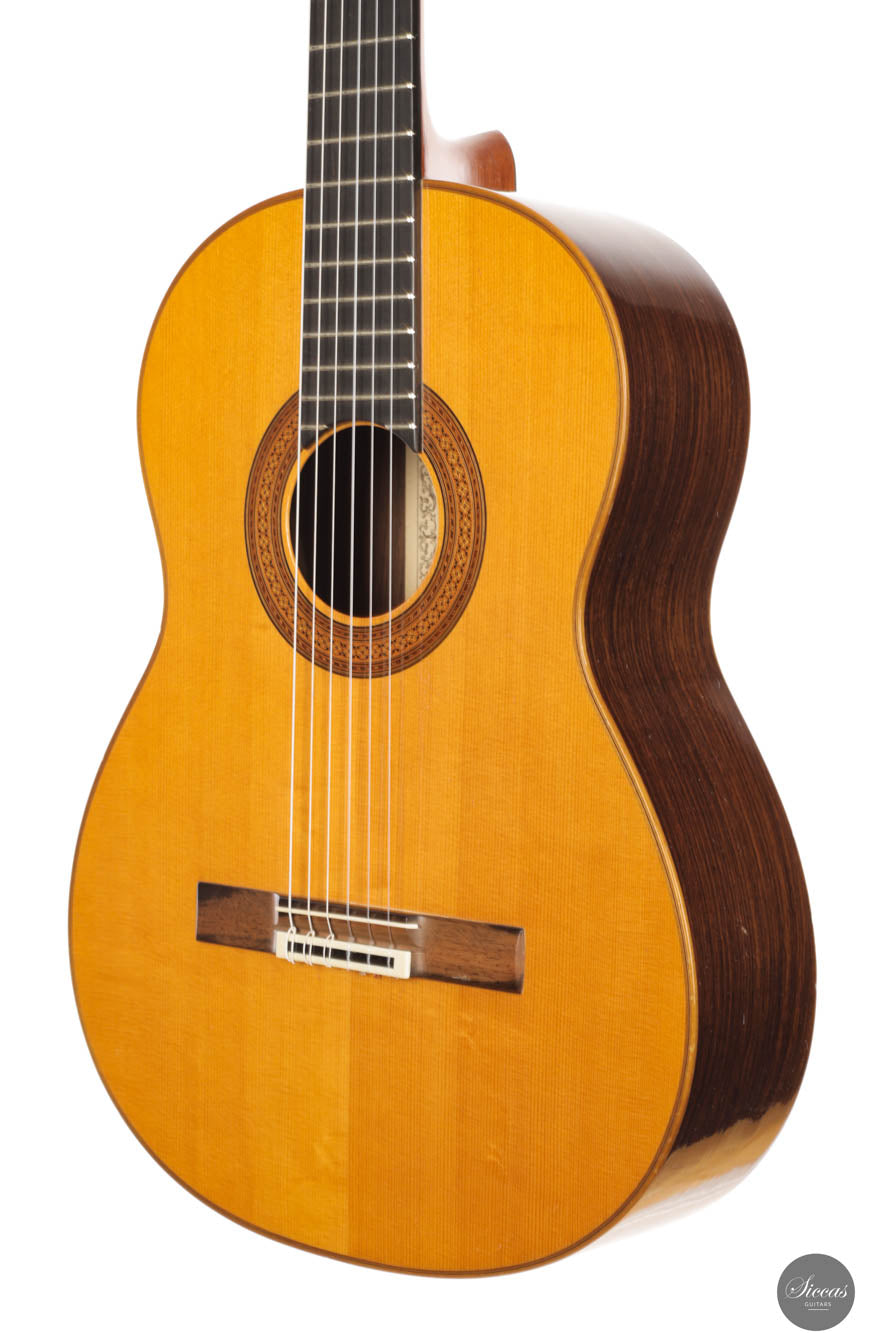
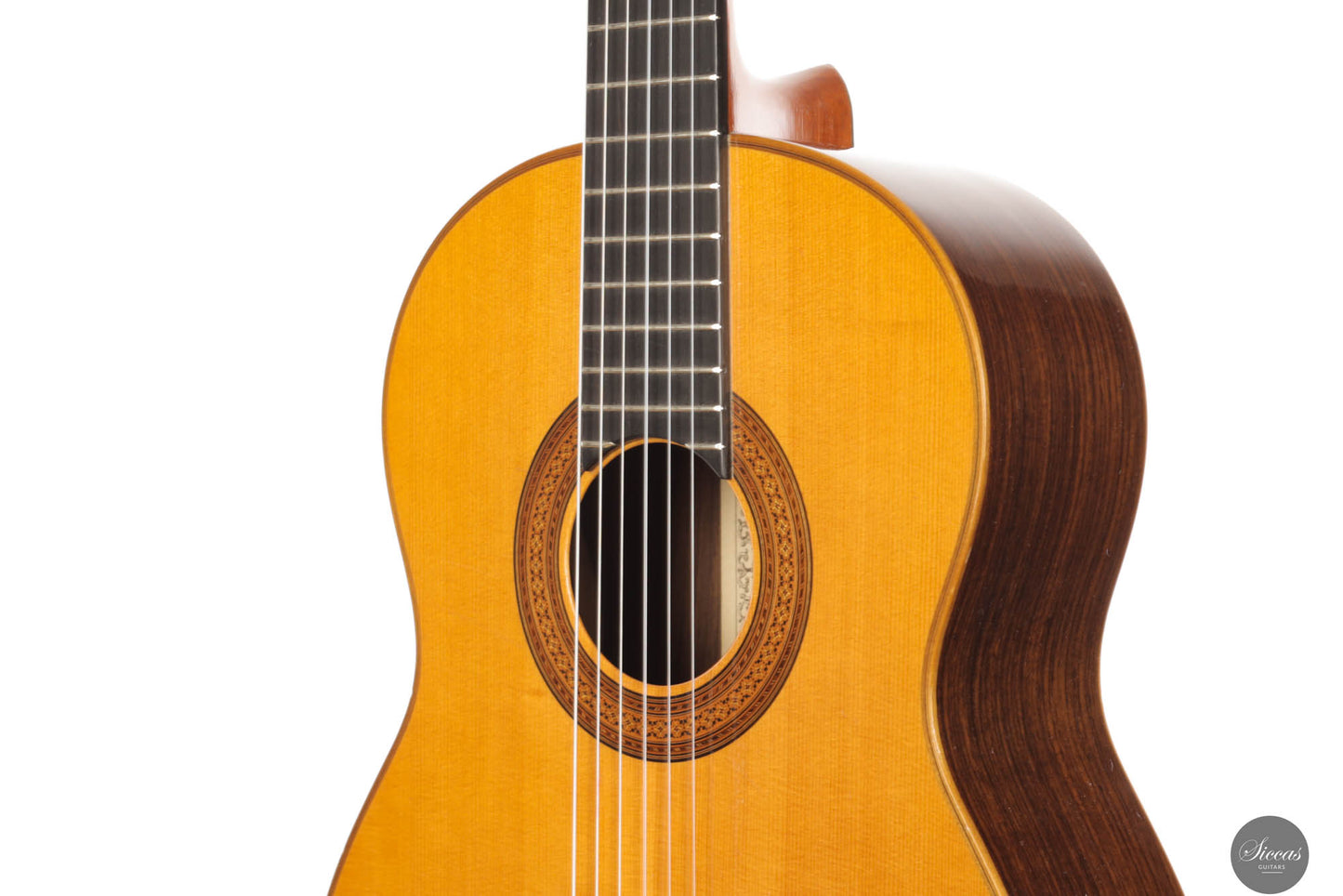

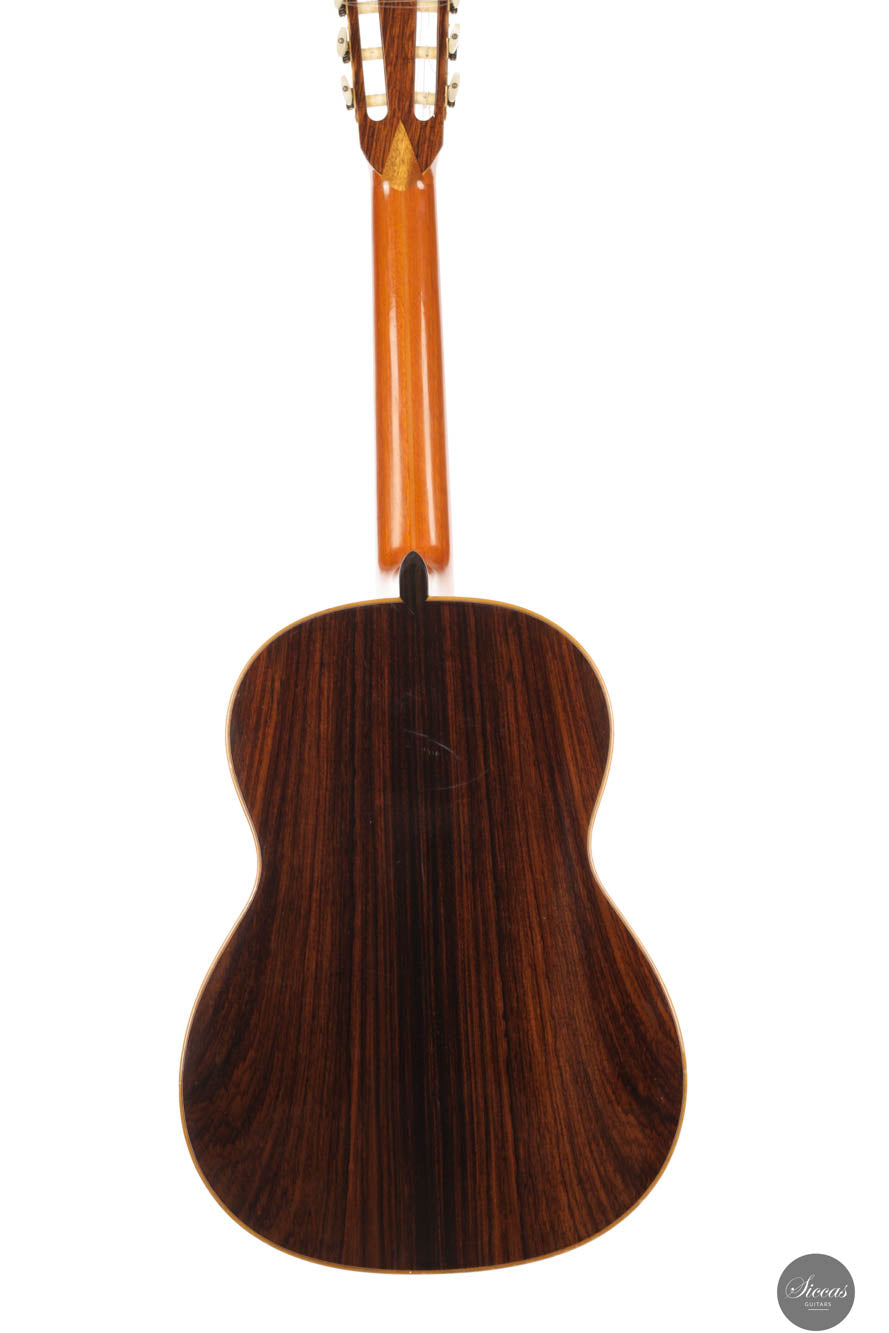
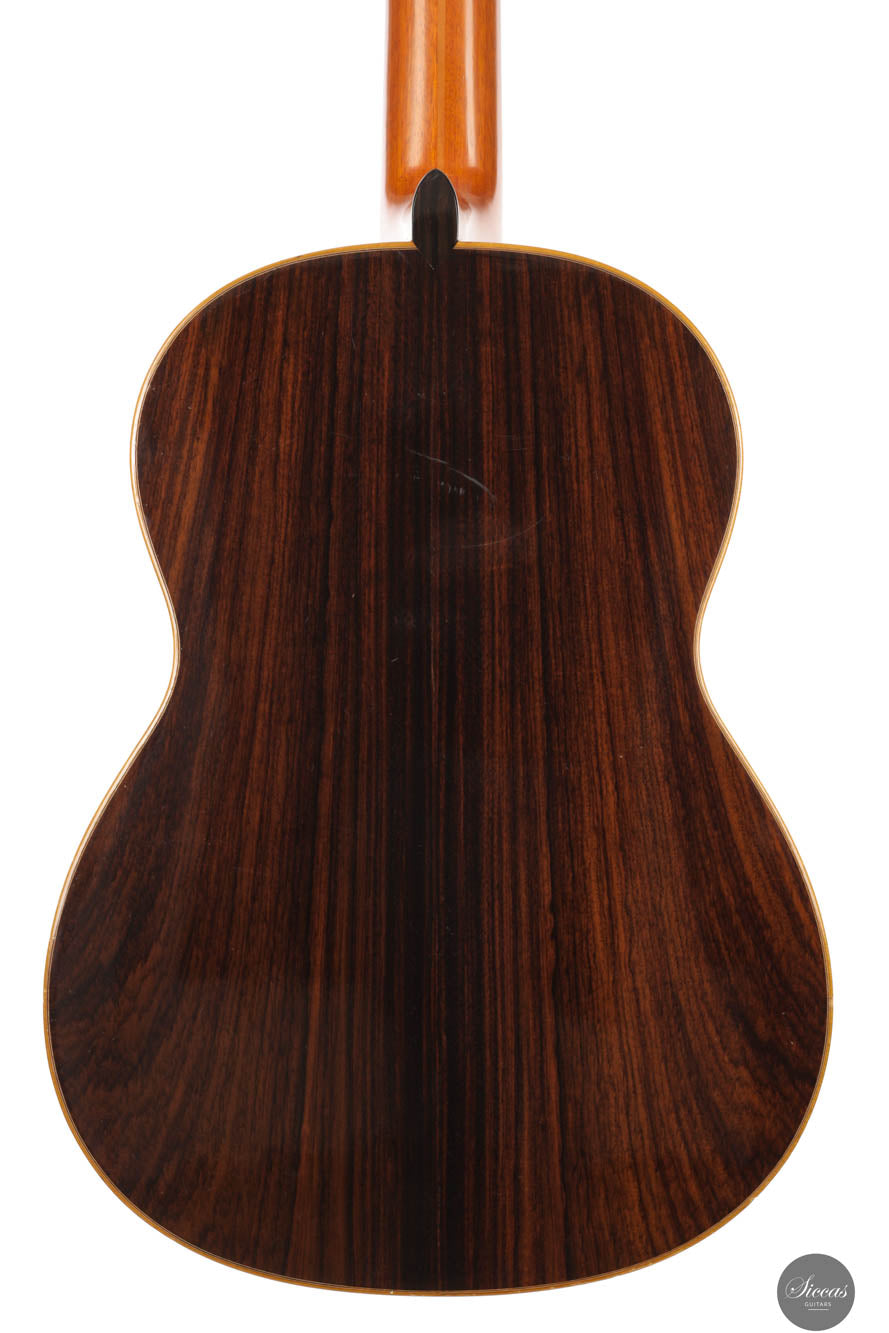
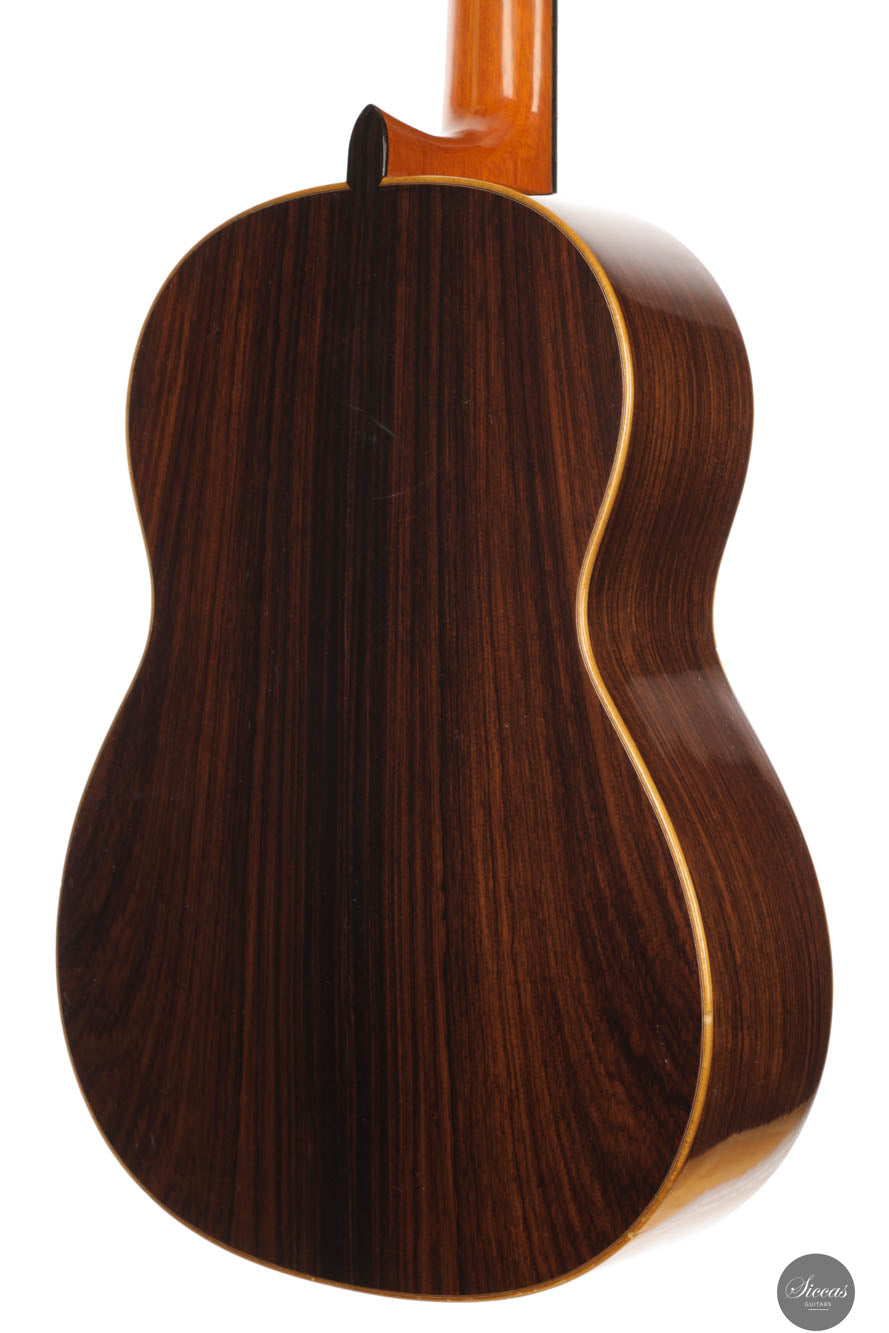
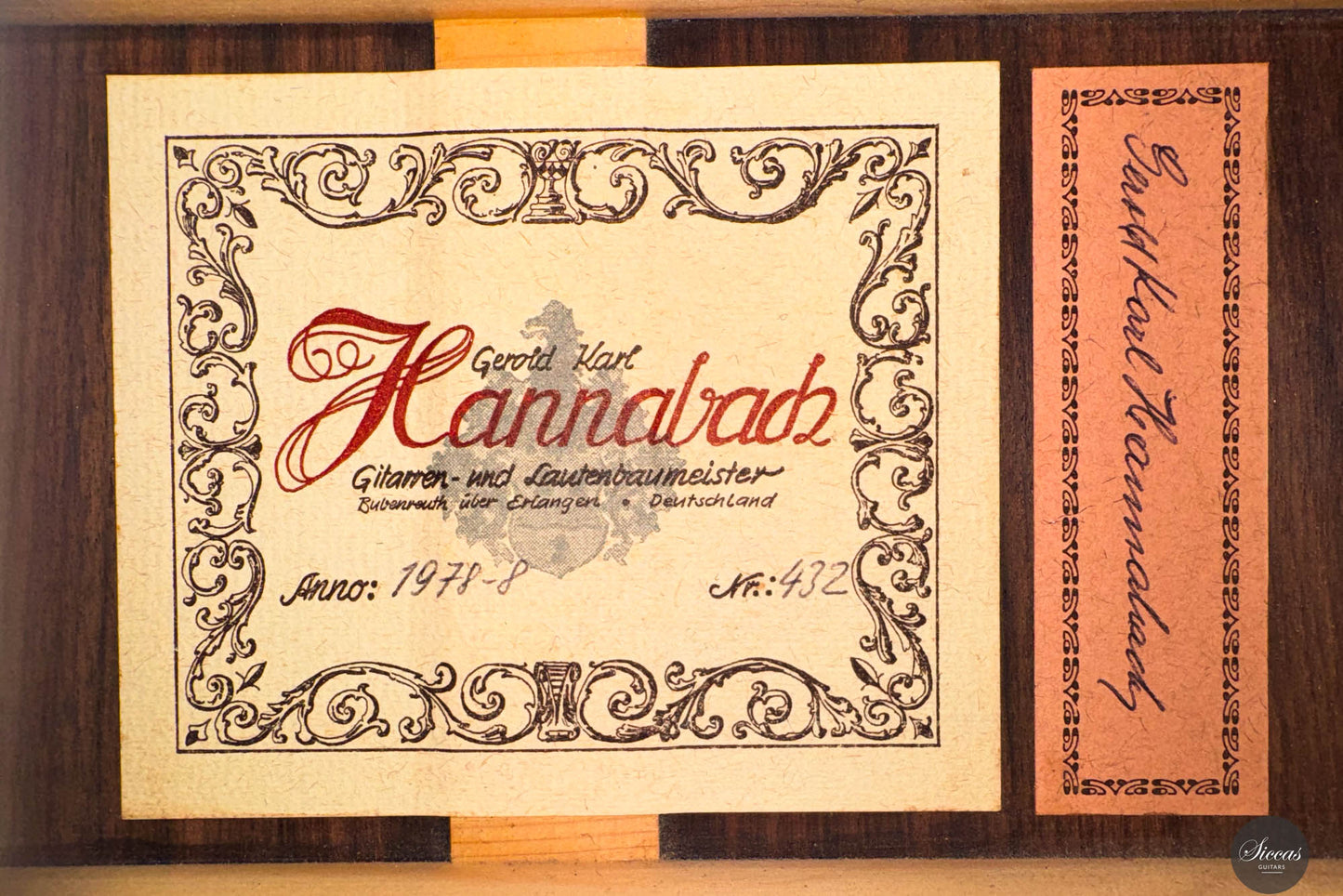
Video overview


More details about the guitar
About the luthier
Gerold Hannabach (1928–2015) was born in Schönbach, Czechoslovakia, into a family of musical instrument makers. His journey in guitar making began in 1948 with an apprenticeship in the workshop of Arnold Hoyer in Bubenreuth, Germany. In 1953, he opened his own workshop dedicated to classical guitars and resale. Hannabach achieved his master guitar maker certification in 1966 and went on to teach musical instrument making at various institutions. Throughout his career, he received numerous accolades for his exceptional craftsmanship, including the prestigious Federal Cross of Merit. Today, Gerold Hannabach is recognized as one of the most influential German guitar makers of the 20th century.About the guitar
This 1978 *Concert Model* (No. 432) is a superb example of Hannabach’s renowned craftsmanship. Exceptionally well preserved and in perfect working condition, this guitar embodies the traditional aesthetic associated with Hannabach instruments. It features a beautifully ornamented head plate that highlights his meticulous attention to detail. The guitar’s tone is round and clear, with an especially striking sustain on the first string—qualities that make it an outstanding concert instrument. Despite its age, the guitar is structurally sound, maintaining both its aesthetic appeal and sonic excellence. The nitrocellulose finish shows some scratches and nail marks on the top, although there are no cracks in the soundboard. A professionally repaired crack on the back has been stabilized and does not compromise the guitar’s structural integrity or tonal performance. This instrument stands as a testament to the rich tradition of German guitar making and is an excellent choice for collectors or professional musicians.Regular care extends the life of the instrument
Even with careful use, a classical guitar may gradually change in appearance or respond to unstable storage conditions. Have a close look at your guitar regularly and be attentif to changes. If your instrument is suffering from its environement, it will let you know.
Protect Your Guitar: Handle with Care
Be mindful when touching your instrument with greasy or unwashed hands: any skin contact is a small attack on the varnish. Of course, a guitar is made to be played, but taking a few precautions helps preserve its beauty: wash your hands before playing, wear long sleeves, and avoid unnecessary direct skin contact with the body of the instrument.
Pro tip: Avoid playing with a button-up shirt, heavy jewelry, or a belt, as these can scratch the guitar. Also, make sure your guitar case is free of any objects that could damage the instrument during storage.
String care
A good habit to adopt is wiping down your strings briefly after each playing session. This small action significantly extends their lifespan and helps maintain a consistent, comfortable feel under your fingers.
Most importantly, clean strings are essential for keeping your instrument in tune. Corrosion, sweat, and dust can affect the uniformity of the strings and interfere with accurate tuning across the entire fingerboard.
Pro tip: If you're having trouble getting your guitar in tune, it might be time to change the strings. A useful test is to compare the pitch of the 12th fret harmonic with the fretted note at the 12th fret; if there's an unusually large gap between them, your strings may have lost their integrity and should be replaced.
Keep Your Shellac Finish Shining!
Got a guitar with a shellac (French polish) finish? Here's a simple trick: Take a clean microfiber cloth and gently breathe on the surface to create a light mist. Then, softly rub to remove fingerprints, sweat, and grease. That’s usually all it takes to keep it looking great, no products needed!
Pro tip: Every few years, treat your guitar to a check-up with a luthier to keep it in top shape.
Storing Your Guitar: Climate Matters
Your guitar can safely stay outside its case, as long as the surrounding environment maintains 42–55% humidity and a temperature between 18–25°C.
Keep in mind that humidity levels can still fluctuate inside the case, especially during seasonal changes.
- Too much humidity may cause overtightened strings and a dull tone.
- Too little humidity can lead to a bulging top, string buzz, or even cracks.
Avoid placing your guitar near radiators, air conditioners, or windows with direct sunlight.
Pro tip: Always close your guitar case while playing. This helps preserve a stable microclimate inside the case, so your instrument is protected the moment you put it back in.

















































